When it comes to food, Kolkata has no inhibition. It embraces all cultures, flavours and tastes. Not just restaurants and cafes, cloud kitchens and home chefs also go that extra mile to bring unique flavours and varied cuisines. The culinary scene is always thriving in the City of Joy. As we pass half the year, My Kolkata explores the evolution of food trends so far.
Healthy twists
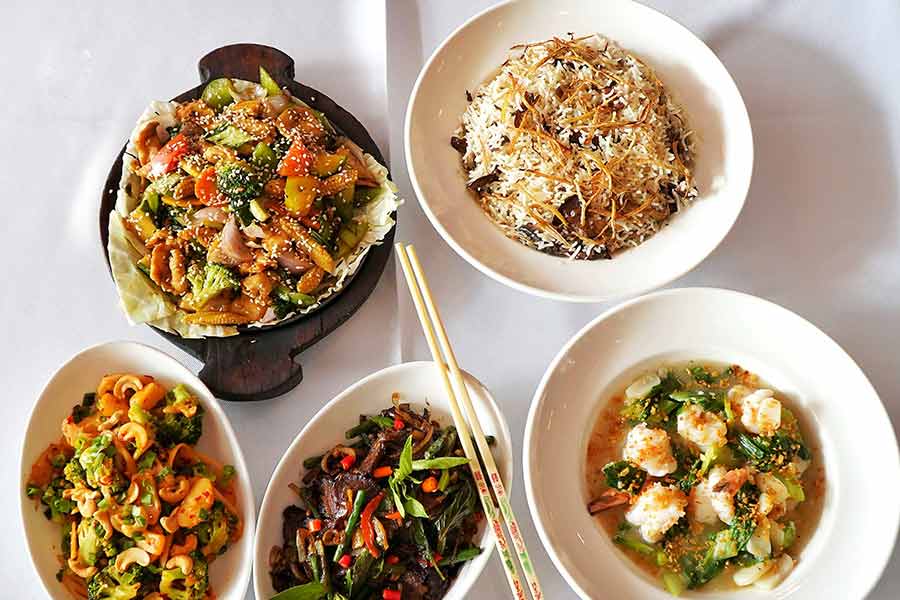
Kolkata’s culinary landscape is embracing health without sacrificing its heritage. Iconic eateries like Trincas have given their classic Chinese fare a wellness makeover, introducing low-oil stir-fries and steamed options. The city's beloved biryani, once a rich indulgence, is now being served with lean meats, parboiled rice, and low-GI tweaks at places like Oudh 1590. Even Bengal’s treasured mishti got a bold upgrade — courtesy of IHM Kolkata’s activated charcoal sandesh, made without stevia or sugar and awarded a GI tag. These innovations reflect Kolkata’s evolving appetite for flavourful yet mindful eating.
Return to comfort Bengali Food
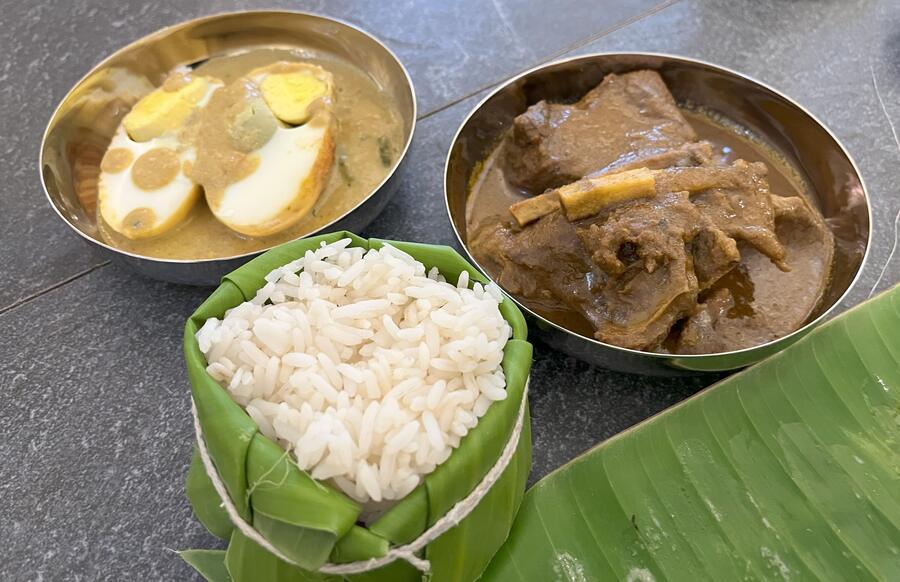
Kolkata is witnessing a revival of comfort Bengali food in 2025, with restaurants and chef’s tables bringing back soulful, home-style fare rooted in heritage. Amar Khamar’s Lunch Room in Hindustan Park curates daily-changing Bengali thalas that feel like a return to your grandmother’s kitchen, using indigenous ingredients from small farms.
Culinary events like the Tagore Thakurbari food festival reintroduced long-forgotten recipes from the poet’s family kitchen, celebrating seasonal simplicity and literary nostalgia.
The Astor’s curated table experiences took diners on a journey through Bengal’s culinary history, spotlighting lesser-known dishes with rich regional context. Even revamped spaces like Sienna 2.0 blended the old and new, offering contemporary settings where heirloom rice, jhols, and traditional sweets find a new audience. Through slow cooking, storytelling, and ingredient purity, Kolkata’s chefs are gently steering diners back to the warmth and wisdom of Bengali cuisine.
More innovative chef’s tables
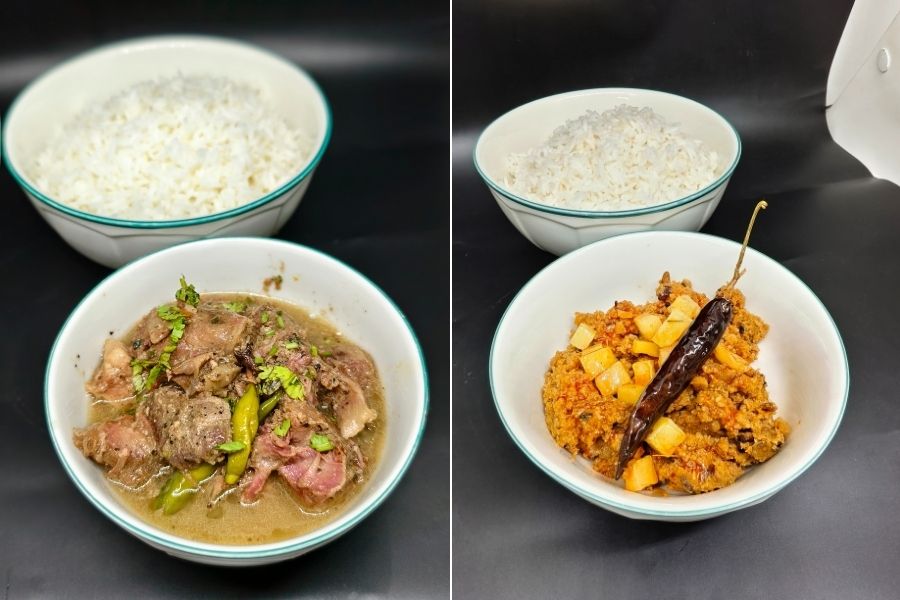
Kolkata’s culinary scene has been elevated by a wave of immersive and inventive chef’s tables, where storytelling and regionality took centre stage. At Glenburn Penthouse, chef Amrita Bhattacharya’s curated experience explored the nuanced flavours of diasporic Bengali cuisine, blending memory with modernity.
The Mountain Table, hosted by chefs Ishita Rai Dewan and Katherine Lim, brought rare Himalayan recipes to life, serving yak cheese, millet, and foraged greens in an alpine-inspired setting. Elsewhere, Dyuti Banerjee and Sayani Sengupta created a solstice-inspired table, using hyper-seasonal ingredients to evoke a sense of time and place. Chatti, though in New York, echoed this ethos with Kerala toddy-shop fare reimagined for an international palate.
At Novotel, The Calcutta Porkaddicts delivered a bold whisky-and-pork pairing table, highlighting indulgence with finesse. These pop-ups showcased how Kolkata’s chefs are moving beyond restaurants to craft intimate, narrative-driven dining experiences.
Reviving indigenous ingredients
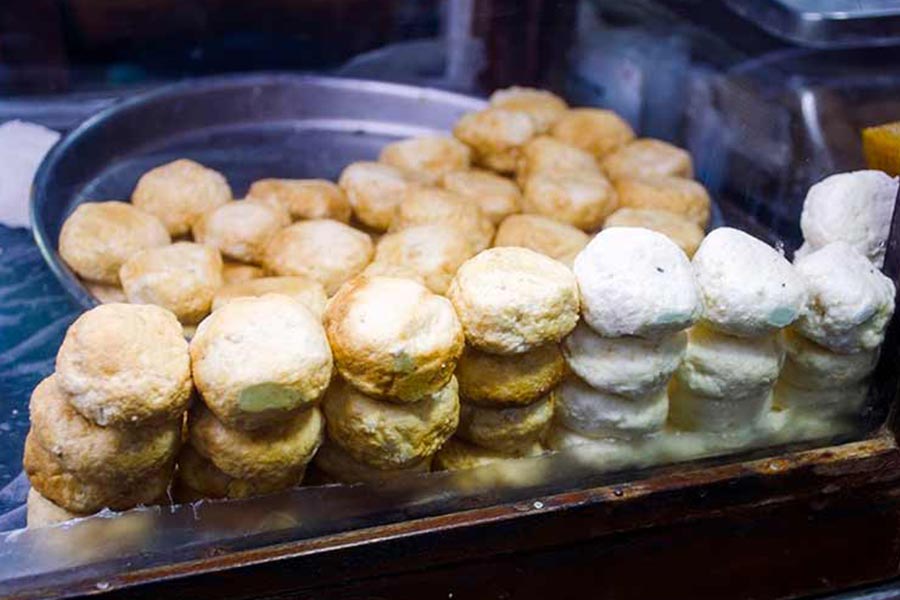
The city saw a renewed focus on indigenous ingredients, with chefs and farmers working together to revive long-lost produce. Heirloom rice varieties like Tulaipanji and Kalabhat made a comeback through organic markets and boutique thalis. Local greens such as poi saag and kolmi began reappearing in seasonal menus, often paired with lentils or river fish. Most notably, Bandel cheese, the smoky, crumbly cheese of Bengal, was reintroduced into contemporary cooking. Chefs used it in salads, sourdough toasties, and fusion pasta, making it both accessible and versatile. These revivals not only honoured tradition but also reconnected diners with Bengal’s biodiversity.
Progressive Bengali food, Pan Asian food and other cuisines
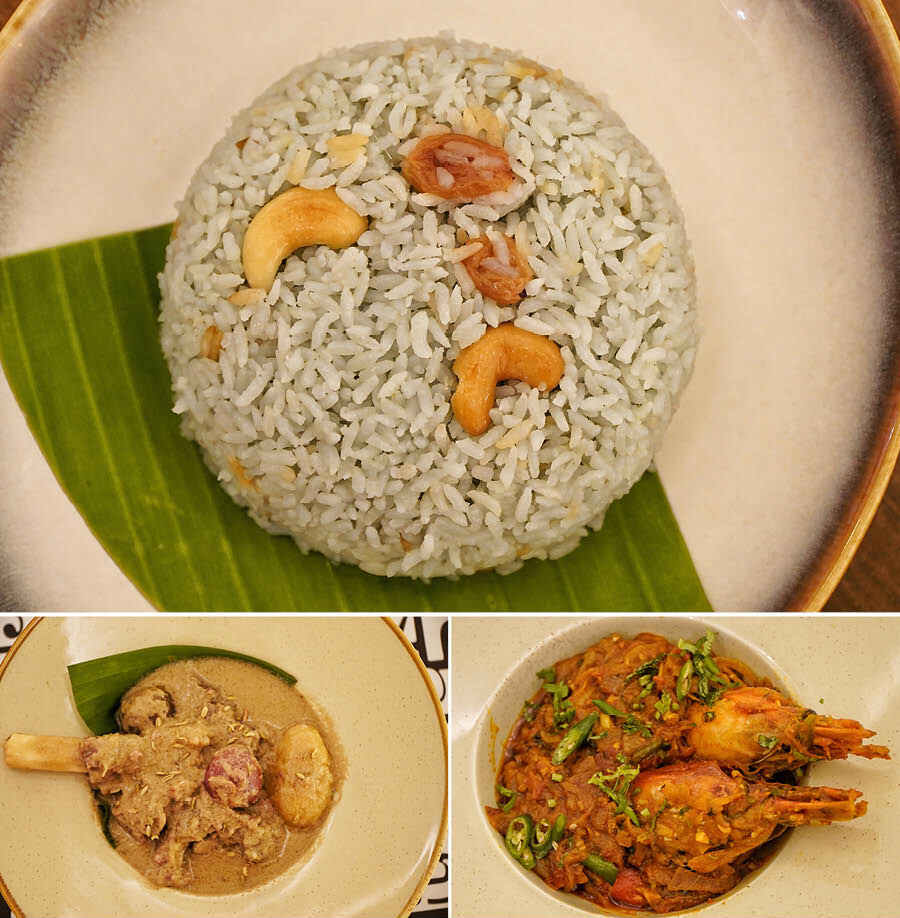
The culinary scene also embraced diversity with a growing appetite for global and progressive flavours. Usha on Southern Avenue reimagined Bengali cuisine with modern plating and innovative twists. At the same time, Asia Kitchen by Mainland China introduced authentic northern Thai flavours to city diners, while Bizarre Asia in Salt Lake served bold Asian street food from Korean hot dogs to Japanese karaage. These restaurants reflect Kolkata’s evolving palate, blending tradition with global influence in vibrant, contemporary settings.
Moving over from Bangladeshi ilish
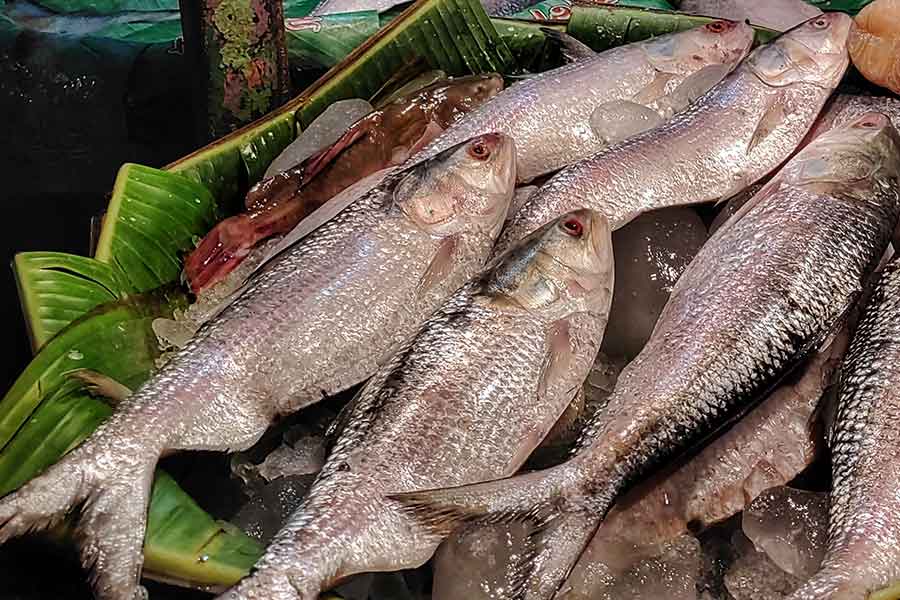
When the prized Padma ilish couldn't make it to Kolkata, fish lovers embraced local and regional substitutes. Ilish from rivers such as Rupnarayan, Hooghly, Irabati, and even from areas like Digha and Diamond Harbour started filling the gap. Each of these fish brings its own distinct texture and flavour, keeping the tradition alive even if the seasonal “silver crop” isn’t from the Padma.
